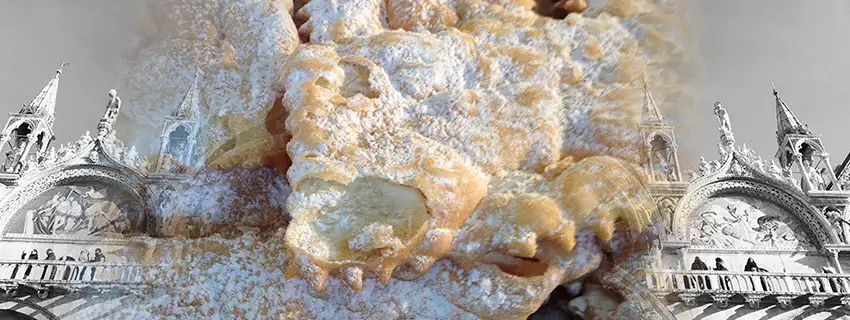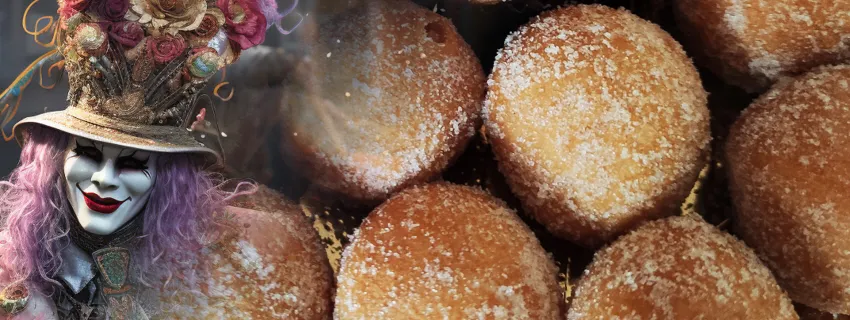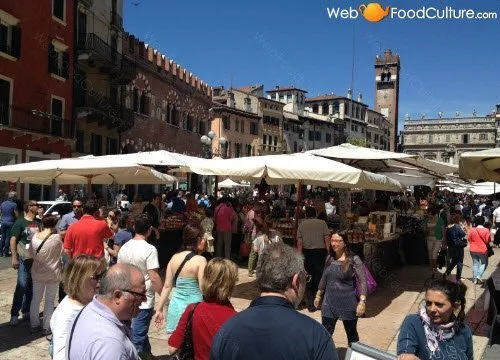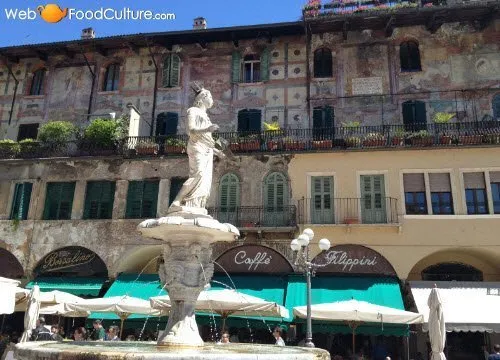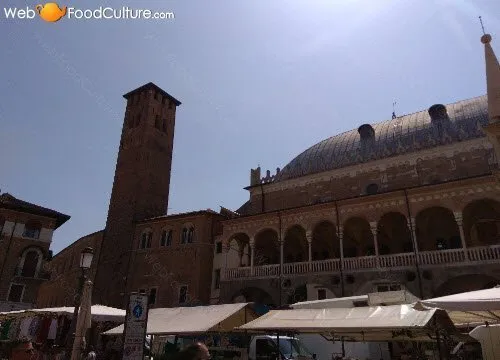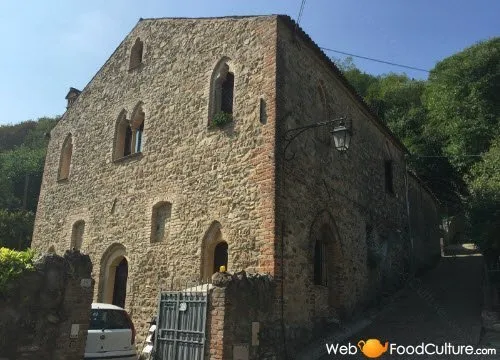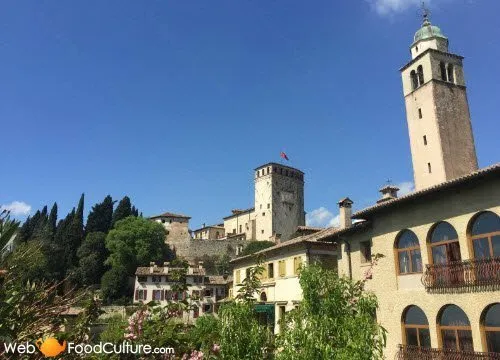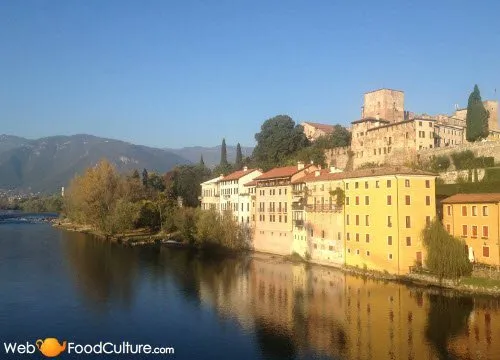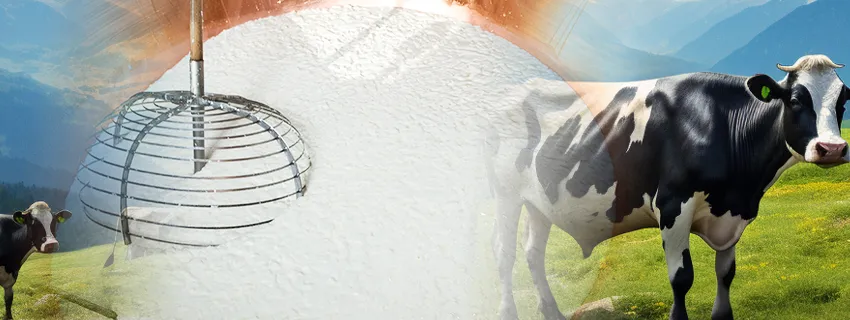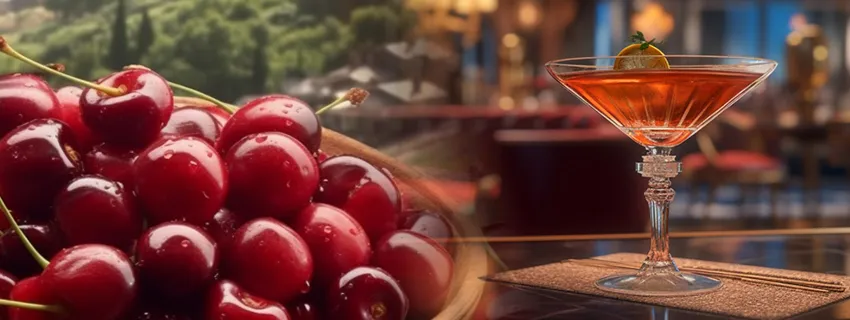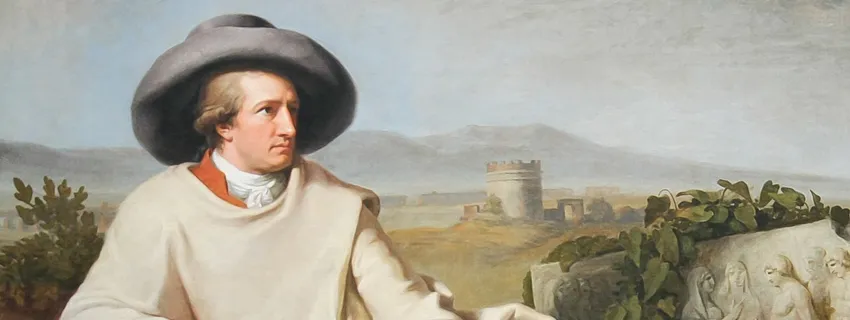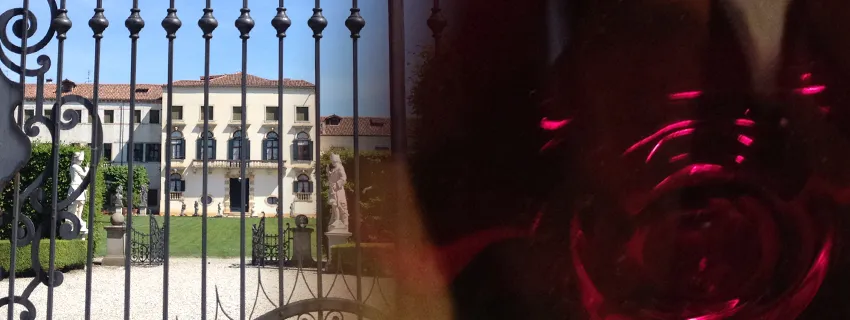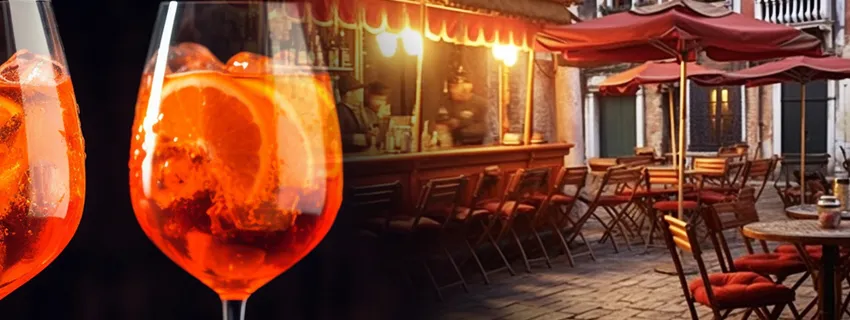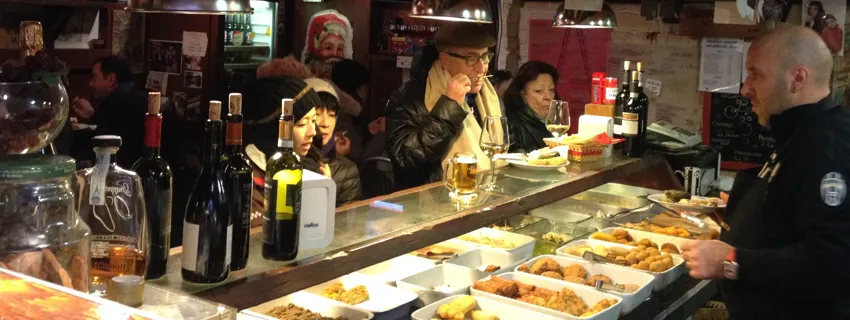Published:
Author: Antonio Maria Guerra
Veneto Region
The Most Typical Specialties

Welcome! This section of WebFoodCulture is dedicated to the most typical specialties from the Italian region of Veneto. We will explain what makes them so special and inimitable, starting with their history and places, all seasoned with a large number of curiosities. Finally, we will discover the most traditional restaurants and producers, thanks to which it will be possible to savor the most authentic taste of these delicacies. Enjoy the reading!
The main reasons for the reputation of Prosecco wine are its great pleasantness and versatility: characteristics that, during the last few years, have led to a huge increase in its sales. Let’s find out the origins of this specialty, let’s visit the enchanting lands where its vines grow, finding out many interesting facts. (read more)
Origin: Conegliano / Vadobbiadene (Veneto) Typology: Wines
In this article we will explain the method used to produce Prosecco wine starting from the selection of its grapes. We will then illustrate its types. Finally, we will examine its sugar content, alcohol content and calories.
(read more)
Origin: Conegliano / Vadobbiadene (Veneto) Typology: Wines
The Venetian Carnival: an event unique in the world, renewing its magic year after year. During its celebrations, the pastry chefs of the Doge’s city make delicious ‘Frittelle’: let’s taste this sweet specialty, finding out its history and secrets. (read more)
Origin: Venice (Veneto)
Typology: Desserts
‘Galani’ are, along with frittelle, the quintessential Venetian carnival sweets. The origins of this specialty date back to the distant past: some experts claim that they are the descendants of the Roman ‘frictilia’, served during the ‘Saturnalia’ festivities. (read more)
Origin: Venice (Veneto)
Typology: Desserts
Veneto Region.
Veneto is an Italian region located in the north-eastern part of the peninsula. Its name comes from that of an Indo-European people, the ‘Veneti’ or ‘Venetici’, who settled in this area in the second millennium BC. The most important center of this region has always been Venice, city worldwide famous for its art and history. The provincial capitals are Padua, Verona, Treviso, Belluno, Vicenza and Rovigo.

Speaking about the typical Venetian carnival desserts, it’s important to mention the ‘castagnole’ (*1). (read more)
Although many think that Italian Prosecco and French Champagne are specialties eternally competing with each other, this is absolutely not true… (read more)

The cities and villages of Veneto.
Venice has always been the beating heart of Veneto Region. Despite being separated from the mainland (its foundations lay on a large number of small islands), over the centuries the ‘Serenissima’ has exercised a deep cultural influence on its hinterland. A kind of influence that appears quite evident while walking in the historic centers of the main cities of this Region …
… as well as strolling through the narrow alleys of the picturesque villages that, like gems, embellish the territory.
Over the years the Luxardo family has repeatedly shown a profound attachment to Italy. (read more)
Asiago cheese is sold in wheels with a diameter of about 30/35 centimeters and 10 centimeters high; their weight is, more or less, 10 kilos. The name ‘Asiago’ and the PDO mark (Protected Designation of Origin) are branded on the side, also known as ‘scalzo’. (read more)
The birth of Lambrusco is closely related to the evolution of the wild vine (‘Vitis Silvestris’) in the territory corresponding to the current provinces of Modena, Reggio Emilia, Parma (in the Emilia-Romagna region) and Mantua (in the Lombardy region). Not surprisingly, the first written evidences about this plant and its domestication for the production of wine can be found in the works of Cato, Varro, Pliny the Elder and Virgil. (read more)
Origin: Asiago Plateau (Veneto) Typology: Cheeses
Asiago cheese, one of the most popular Italian dairy specialties, is the fruit of a millenary tradition. Let’s find out how it’s produced, starting from the milk up to its aging. (read more)
Origin: Asiago Plateau (Veneto)
Typology: Cheeses
There are ‘food places’ that, thanks to their history, enjoy immortal appeal. One such place can be found in the Veneto region: a trattoria that has been serving its specialties to ‘wayfarers’ of all kinds since the 1600s, including the scientist Galileo Galilei. (read more)
Origin: Montegrotto (Veneto)
Typology: Historic Food Places
Establishing with precision the origins of Sicilian Cannoli is not an easy task: we know for sure that it was the year 70 BC when, in one of his writings, the famous Roman orator Marcus Tullius Cicero described a very similar dessert. (read more)
Origin: Montegrotto (Veneto)
Typology: Beverages
In September 1786, the famous German writer J.W. von Goethe ate at the Trattoria Ballotta, enjoying particularly some dishes: the ’baccalà mantecato’ (creamed cod), the Montagnana ham and the stuffed quail.
(read more)
Friularo wine has always been famous for its strong personality: something to keep in mind when drinking it. There are no certainties about the origins of its name: it probably comes from the dialect word ‘frigolearo’. (read more)
Origin: Bagnoli (Veneto)
Typology: Wines
Spritz is one of the most popular and appreciated Italian long drinks. Its first recipe, very simple, was born in Veneto region in the 19th century. Today, after a long evolution, its most known variation is ‘Aperol Spritz’, prepared using Aperol bitter. (read more)
Origin: Venice (Veneto)
Typology: Beverages
‘Bacari’ are among the most suggestive locations to savor Spritz Veneziano. (read more)
Copyright information.
To get copyright information about the images on this page, please refer to the copyright section of each article.




